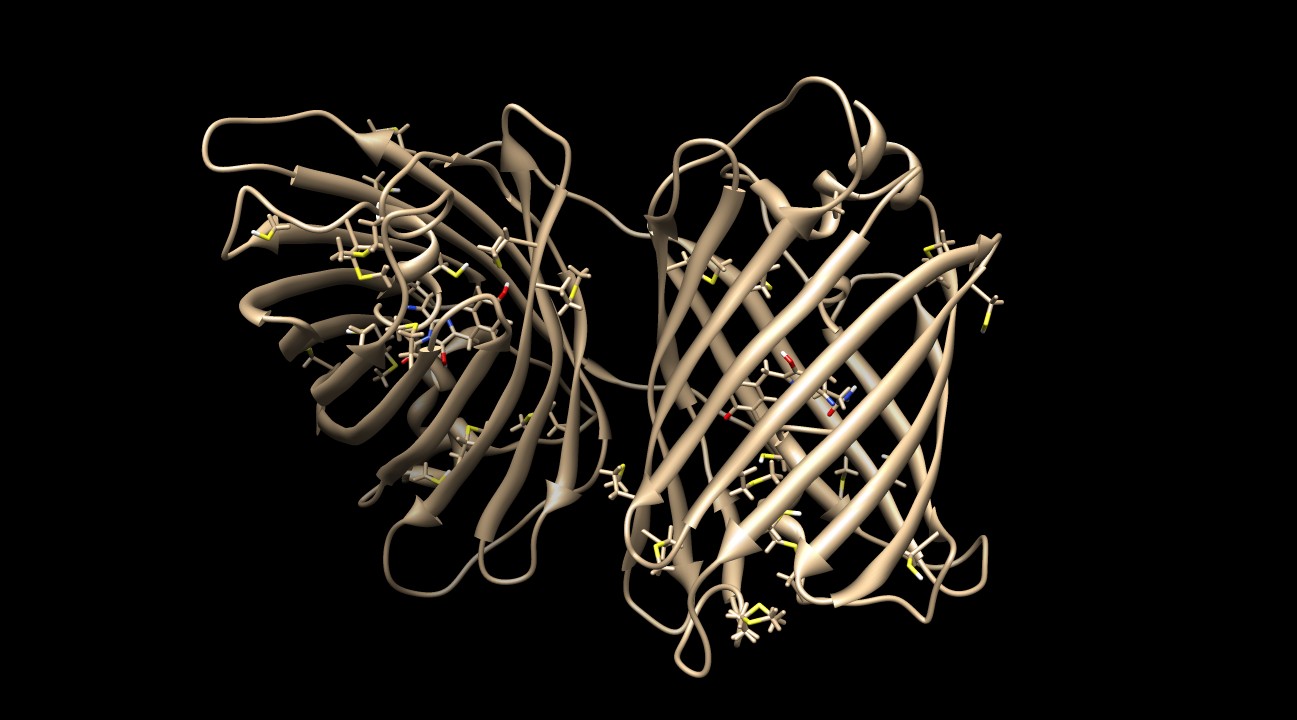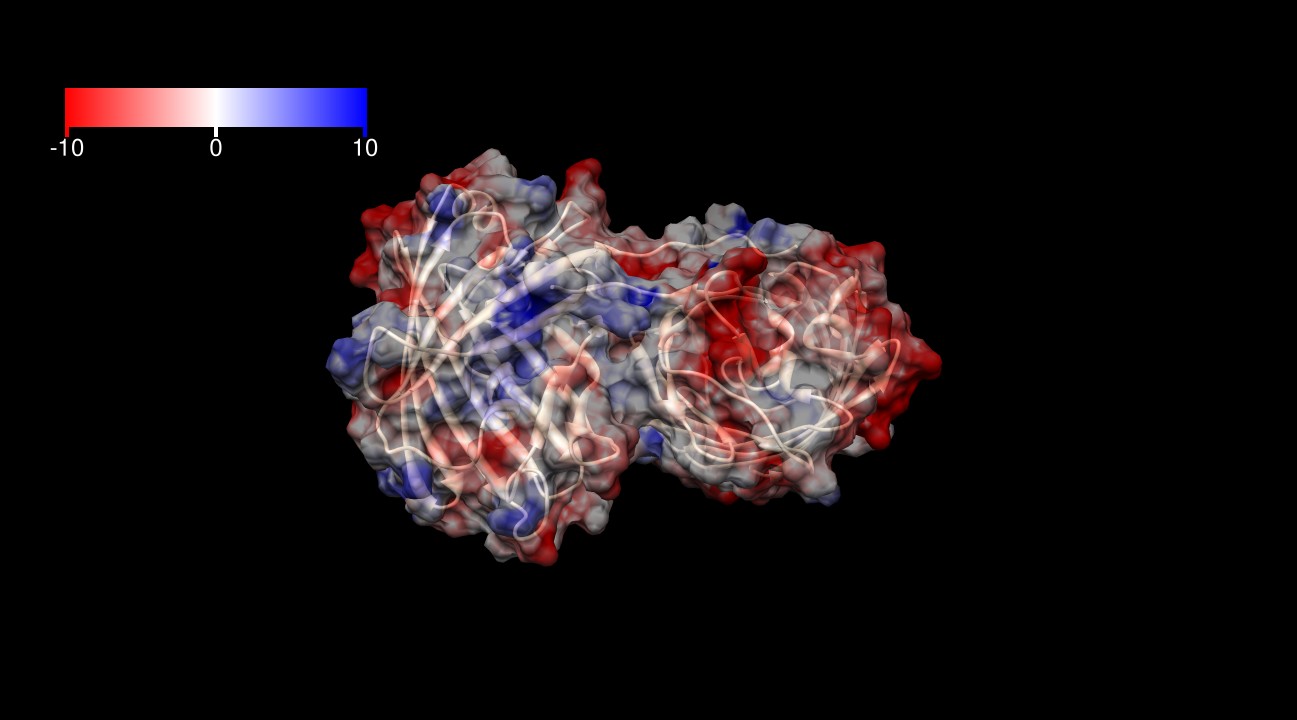Team:Carnegie Mellon/KillerRed
From 2013.igem.org
Enpederson (Talk | contribs) |
Enpederson (Talk | contribs) |
||
| Line 23: | Line 23: | ||
<html> | <html> | ||
</html> | </html> | ||
| - | [[Image:KillerRed wH.jpg|thumb|600px|<b>Figure 8: </b>This is the water channel that produces the superoxide anion radical when exposed to light. The ribbon structure is shown for reference. PDB ID: 2WIQ]] | + | [[Image:KillerRed wH.jpg|thumb|600px|<b>Figure 8: </b>This is the water channel that produces the superoxide anion radical when exposed to light. The ribbon structure is shown for reference. Na+ is shown in purple. PDB ID: 2WIQ]] |
[[Image:KillerRed WC.jpg|thumb|600px|<b>Figure 9: </b>This is the water channel that produces the superoxide anion radical when exposed to light. The hydrogen bonds are shown as pseudobonds and surrounding residues are shown and labeled. PDB ID: 2WIQ]] | [[Image:KillerRed WC.jpg|thumb|600px|<b>Figure 9: </b>This is the water channel that produces the superoxide anion radical when exposed to light. The hydrogen bonds are shown as pseudobonds and surrounding residues are shown and labeled. PDB ID: 2WIQ]] | ||
Revision as of 01:37, 25 September 2013
KillerRed is a red fluorescent protein that produces reactive oxygen species (ROS) in the presence of yellow-orange light (540-585 nm). KillerRed is engineered from anm2CP to be phototoxic. It has been shown that KillerRed produces superoxide radical anions by reacting with water. Superoxide reacts with the chromophore of KillerRed, causing it to become dark, which ultimately gives rise to a bleaching effect. KillerRed is spectrally similar to mRFP1 with a similar brightness. KillerRed is oligomeric and may form large aggregates in cells. Expression of KillerRed and irradiation with light may act a kill-switch for biosafety applications.
The structure of KillerRed has been analyzed and the structural basis for its toxicity has been explored. The relevant PDB IDs are 2WIQ and 2WIS for the fluorescent and dark states, respectively.
The surface of KillerRed is predominantly negatively charged. As shown in figures 2-5

 "
"








